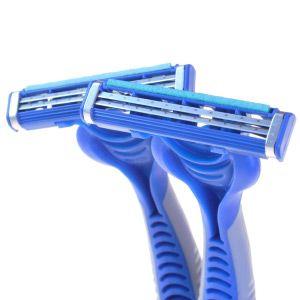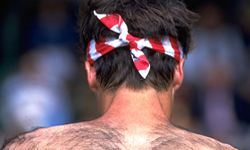Does your daily shave leave your skin less than smooth? If you find yourself in an endless battle against red and swollen shaving bumps, know this: It's not hopeless.
Shaving bumps and ingrown hairs, known as pseudofolliculitis barbae, are caused by hairs that either never make it out of the follicle as they regrow after shaving, or hairs that curl around and re-enter the skin as they grow. Both problems cause the skin to become inflamed with red, sometimes pus-filled pimples. When hair re-enters the skin, the body considers it a foreign invader, as it would bacteria, triggering a response to attack the hair -- and it's this response that causes inflammation. That's right -- the very hair you're trying to remove is interfering with your daily beautification efforts.
Advertisement
But don't adopt a beard just yet. There are ways to treat those bumps, from your shaving technique to over-the-counter remedies and other hair removal solutions. First, let's talk technique.
Advertisement


